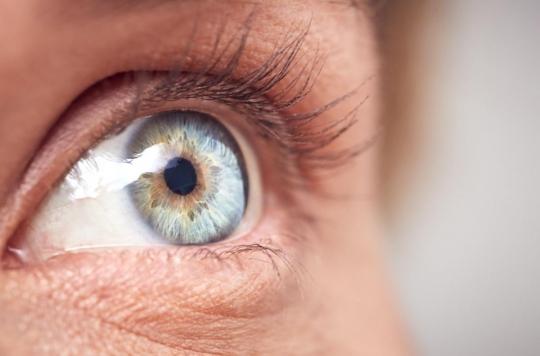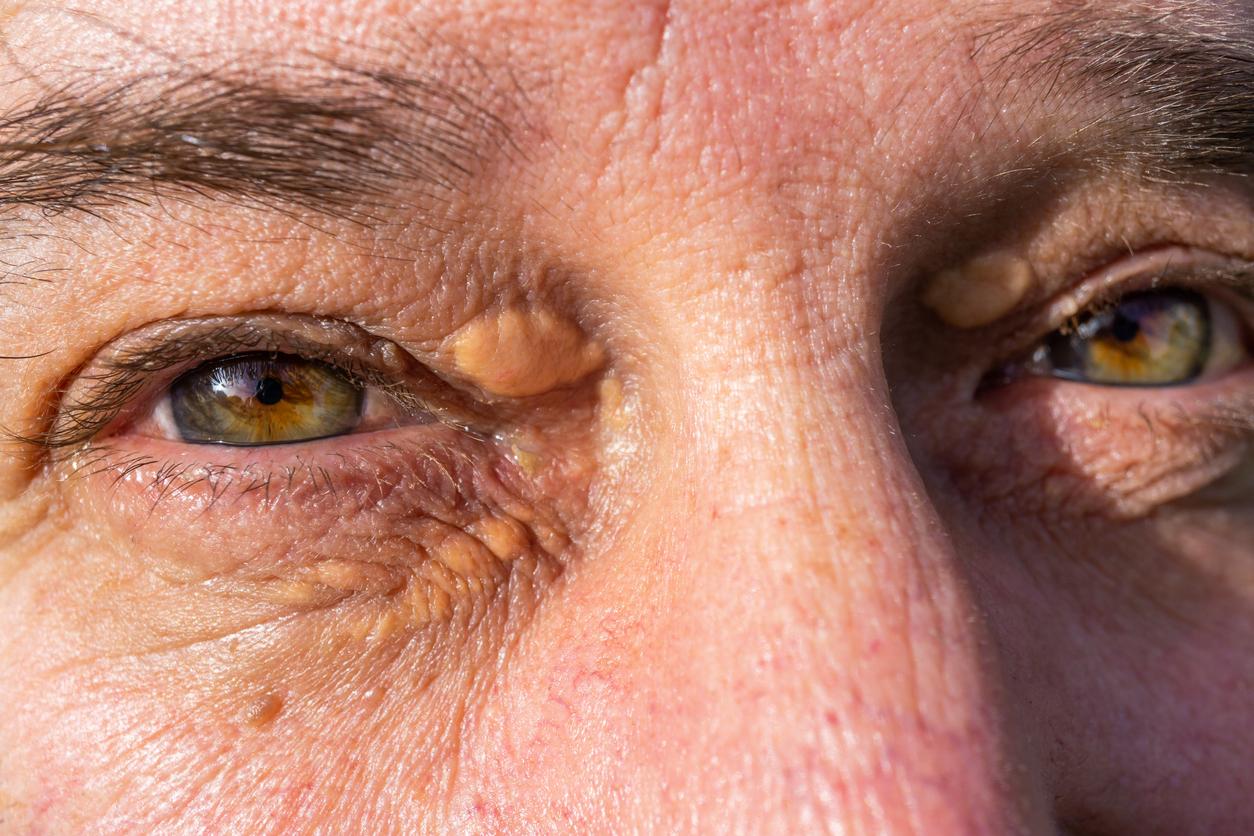Influence of the mother, of the father? Eye color is more complex than that! Researchers have found that more than fifty genes are linked to its determination.

- It is impossible to predict in advance the color of a child’s eyes
- While it was thought that it depended on two genes, it is in fact 50 genes that explain the color variations
Almost all of us are born with blue eyes, then over the weeks their color changes before becoming permanent. It is impossible to predict in advance what the shade of a child’s eyes will be: everything is based on genetics and it can sometimes create surprise. Scientific research considers that one or two genes contribute to the definition of eye color. Researchers at King’s College London and the Erasmus Medical School in Rotterdam estimate that there are many more. In their research, published in Science Advancesthe team identified nearly 50 new genes associated with eye color.
A very large genetic study
This would be one of the largest genetic studies carried out on this subject: in total, the scientists analyzed the ocular genetics of more than 195,000 people in Europe and Asia. To carry out this research, they relied on previous work: researchers had succeeded in identifying a dozen genes associated with eye color. This time, they brought to light 50 genes, making it possible to explain the “Eye color variations in European populations“They also found a link between the genetic origins of eye color in the European population and eye color in Asian populations.”The eye color of Asian populations, with varying shades of brown, is genetically similar to the eye color of Europeans, ranging from dark brown to light blue“, they specify in a communicated.
Better understand ocular pathologies
“These findings are exciting because they give us a little better understanding of the genes behind one of the most important aspects of the human face.says Dr. Pirro Hysi, one of the co-authors of this study. This will improve our knowledge of several diseases that we know are associated with specific pigmentation levels.Among these, there is in particular pigmentary glaucoma or ocular albinism. The first is a progressive degenerative neuropathy which affects the optic nerve: this disease can lead to blindness. The second pathology is also linked to the optic nerve, but it is characterized by a lack of pigmentation of the eyes.The people concerned can suffer from strabismus and a stronger sensitivity to the sun. The treatments offered can only act on the symptoms: re-education of the eye, corrective glasses or even specific protection against the sun. In the case of pigmentary glaucoma, specific eye drops can be prescribed. Depending on the case, laser or surgery are recommended to prevent the disease from worsening.

.

















